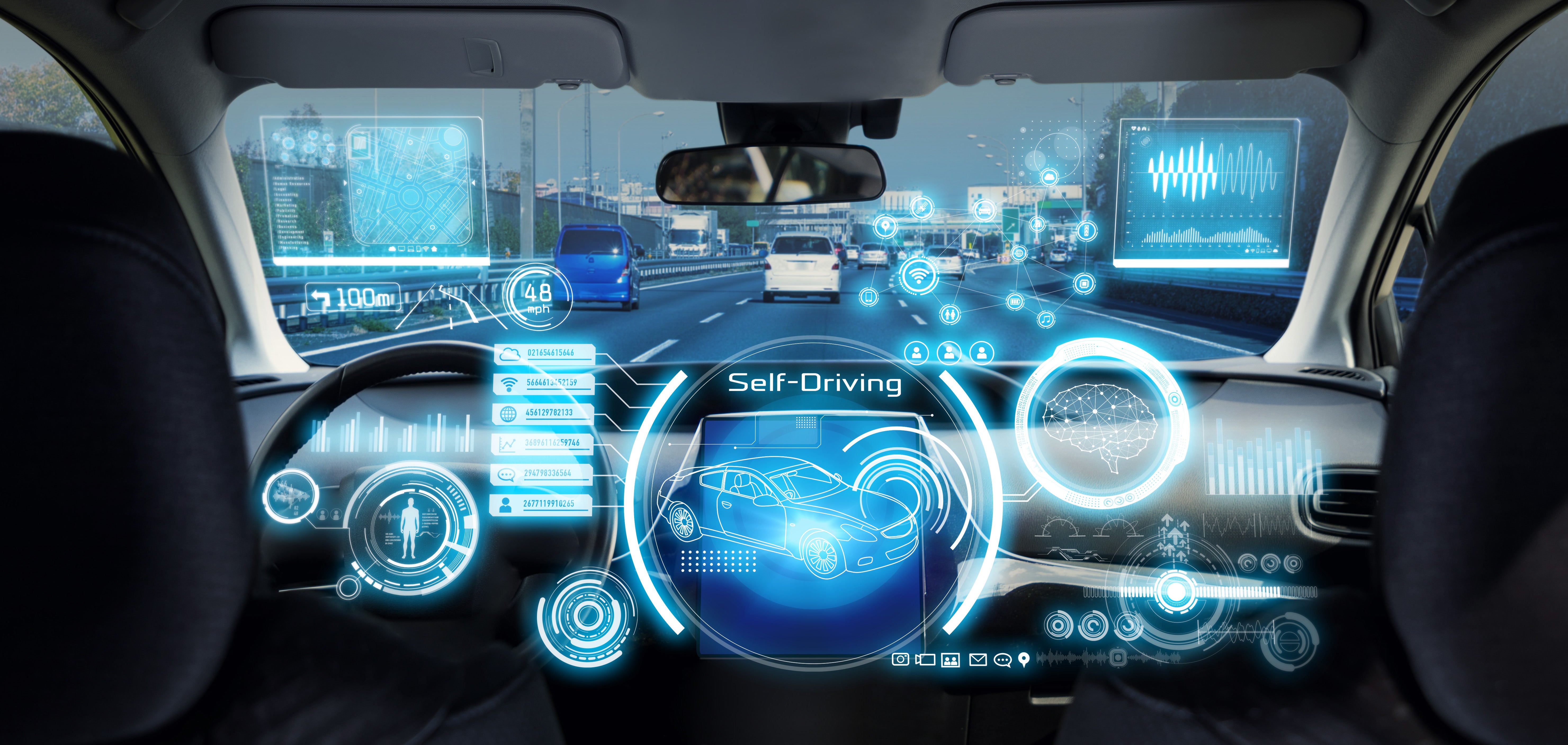
Technologically superior electric autonomous automobiles will have to have to operate as competently as probable in all temperature situations.
In advance of electrical autonomous cars can strike the highway in significant figures, engineers will need to design them to operate as proficiently as possible. The motor vehicles carry an array of sensors and other knowledge-intense units that can fast drain an onboard battery, functioning up expenses and limiting their means to travel a lot of miles with out recharging.
Now researchers at the Nationwide Heart for Atmospheric Study (NCAR) are launching a research into a sizeable thought for effective style and design: the impression of temperature circumstances. Their do the job is portion of a more substantial a few-12 months project, led by Western Michigan University, to enhance electricity efficiency in self-driving vehicles and trucks, which are ultimately predicted to be powered by batteries as a substitute of gas.
“Autonomous vehicles are going to use a ton far more power mainly because so a lot processing is happening on board,” claimed NCAR scientist Curtis Walker, a principal investigator on the undertaking. “Our goal is to decide how we can use weather conditions information and facts to support out the computing load and cut down the electrical power intake.”
Engineers presently know that chilly temperature can significantly cut down the array of an electrical car or truck, as well as guide to more time recharging instances.
Walker and his colleagues, which include co-principal investigator Amanda Siems-Anderson, are scheduling to analyze climate impacts a lot a lot more systematically. For illustration, how does precipitation or wind have an impact on an autonomous vehicle’s efficiency? What are the impacts of a snow-packed highway? Does humidity have a important affect?
And how can a self-driving car or truck make changes to lower power usage in unique weather conditions conditions?
The NCAR investigate is part of a much larger undertaking, funded by the U.S. Department of Vitality, that will look into methods to boost the performance of autos that have to have considerable engineering to operate autonomously.
“You have all of these sensors that are drawing tons of ability remaining fed into a supercomputer that procedures all these sensor outputs and runs cutting-edge artificial intelligence,” mentioned Zachary D. Asher, an assistant professor of aerospace and mechanical engineering at Western Michigan University and the principal investigator of the total challenge. “It sounds neat, but it turns out that it takes advantage of a good deal of power.”
In addition to NCAR and Western Michigan University, the overall venture contains Oak Ridge National Lab and DriveU.auto, thus bringing with each other know-how from the academic, government, and private sectors. NCAR is sponsored by the Nationwide Science Foundation.
“These types of cross-discipline and cross-sector collaborations are so crucial and can guide to considerable technological gains,” Walker claimed.
Leveraging weather info
The NCAR experts have two overarching plans: identify the impacts of temperature circumstances on automobile power consumption and assess the prospective power savings that could be reached by utilizing info from several climate sensors.
To realize the to start with goal, they will outfit two autonomous motor vehicles with highly developed weather conditions sensors and attract on other area weather conditions observations as they run the motor vehicles in a selection of driving environments in Michigan and Tennessee. They’ll evaluate this in depth weather details with information about the minute-by-moment energy consumption of the motor vehicles in buy to zero in on how temperature is influencing electrical power usage.
For the next purpose, Walker and his colleagues will evaluate chances for the cars to use authentic-time data from weather sensors in get to improve energy effectiveness. For instance, if a auto is driving in heavy snow that obscures an optical sensor, it may perhaps be possible to convert off the optical sensor. Or if the temperature is so chilly that it minimizes the battery life, potentially selected onboard units could be properly shut down although the vehicle continues to run in a method of greatest effectiveness.
Walker also wants to see if the automobiles can run longer if they just take substitute routes that leverage prevailing weather conditions ailments. For case in point, are there alternatives for using edge of tailwinds or steering clear of headwinds?
“If flights can capture a favorable tailwind, most likely autonomous motor vehicles could do some thing related,” he reported. “A fundamental problem is: how can we use temperature information and facts from the perspective of route-preparing optimization?”
Portion of the challenge for the NCAR crew will be to detect which weather conditions sensors can be best integrated into a self-driving vehicle’s units, enabling the auto to make adjustments seamlessly to reduce the demands on its batteries.
“We want that battery to last as extended as feasible, to give you as several miles and hours of driving time as attainable so motorists really don’t miss out on the vary of their fuel-driven cars,” Walker reported. “Ultimately the purpose is for the shopper and driver to have the most effective doable expertise with a technologically ground breaking auto that performs optimally in all weather disorders.”
This substance is based upon get the job done supported by the U.S. Department of Energy’s Office of Electricity Effectiveness and Renewable Energy (EERE) underneath the Autos Engineering Workplace Award Variety DE-EE0009657. EERE’s Electricity Efficient Mobility Programs method offered certain guidance and funding.
See all News



